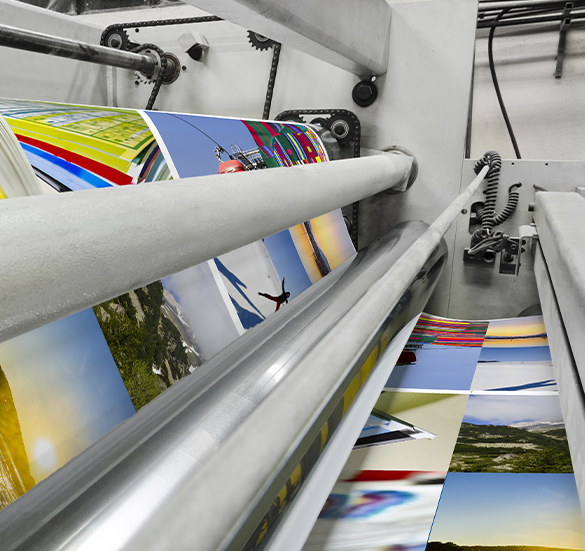
Related Post
Understanding Customer Behaviour through Data Analytics
Understanding customer behavior is critical for driving business growth and staying ahead of the competition in the age of digitization.…

Shaping the Future with Hybrid Workplace Technology
In the aftermath of the Covid-19 pandemic, the workplace is rapidly evolving, and technology is playing a major role in…

How a Business Benefits from Container Technology
How Can Your Business Benefit from Container Technology? Keywords: Container Technology, Containerization, Container, Kubernetes, DevOps, Cloud, Software Applications Copy: Container…

Protecting Data Privacy and Security in Hybrid Work
Securing Collaboration in a Hybrid Workforce: Best Practices for Protecting Data Privacy and Security Hybrid work models have seen a…

Edge Computing: A New Frontier in Telehealth
A New Frontier in Telehealth: How the Healthcare Industry can Leverage Edge Computing to Deploy Cutting-Edge Services Telehealth and high-touch…
The Rise of Digital Printing

In recent years, digital printing has emerged as a rapidly growing industry. Digital Printing refers to the process of printing digital-based images or texts onto various materials, such as paper, plastic, fabric, and more. Compared to traditional printing methods, digital printing offers greater flexibility, customization, and cost-effectiveness, making it a popular choice for businesses and individuals alike.
One key trend in the digital printing industry is the shift towards environmentally-friendly and sustainable printing practices. As consumers become increasingly aware of the impact of printing on the environment, many printing companies are adopting eco-friendly printing methods, such as using biodegradable inks and recycled materials. According to Smithers, the global market for sustainable printing is expected to grow by 5.7% annually from 2019 to 2024.
Another trend is the increasing demand for personalized and customized printing services. With digital printing, it is possible to print small runs of customized products at a relatively low cost. This trend is especially prevalent in the consumer goods industry, where companies are using digital printing to create customized products, such as personalized packaging and labels. According to a forecast by Smithers, the global market for personalized packaging is expected to grow by 4.5% until 2024.
The digital printing industry is also experiencing significant growth in the textile printing sector. With advancements in digital printing technology, it is now possible to print high-quality designs directly onto fabrics, allowing for greater design flexibility and shorter turnaround times. According to Allied Market Research, the global digital textile printing market is expected to reach $3.9 billion by 2025, growing at a CAGR of 16.6% from 2018 to 2025.
Overall, the digital printing industry is poised for continued growth and innovation in the coming years. With increasing demand for sustainable, customized, and high-quality printing services, digital printing is well-positioned to meet the needs of a wide range of industries and consumers.






